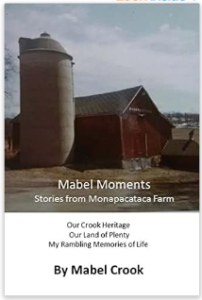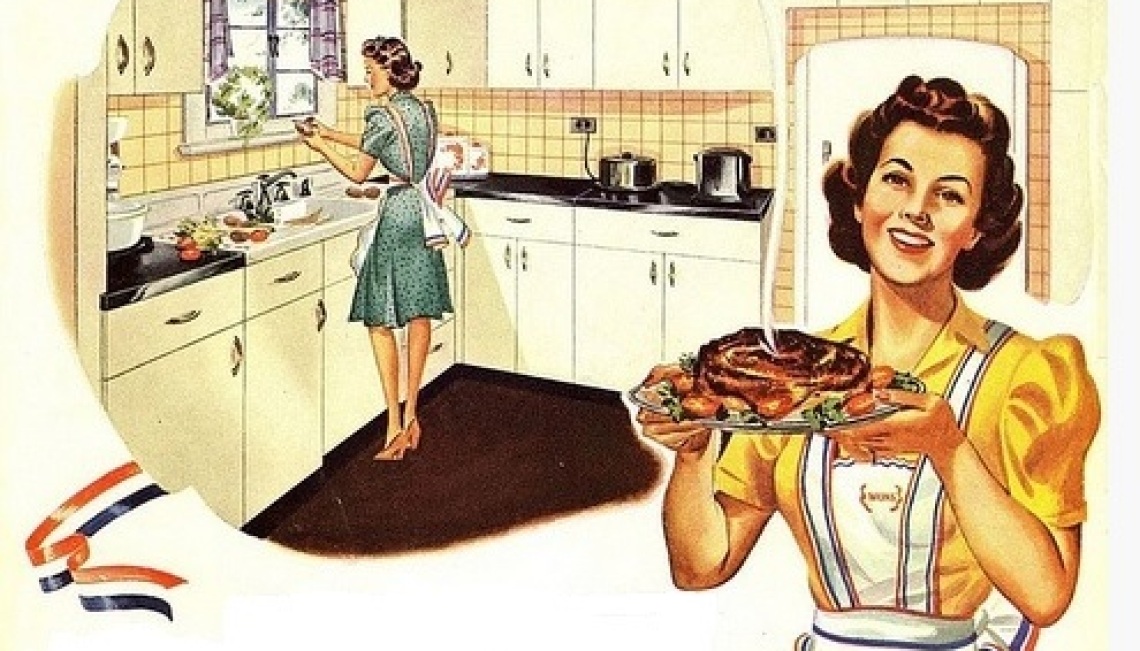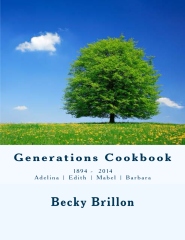About
On December 7, 1941 US Naval Base Pearl Harbor was attacked and fully brought the United States into World War II. A year later food rationing was in place to ensure fair access to diminished supplies of items such as sugar, canned goods, and red meat.
Fast forward 73 years to December 7, 2014. As a learning experiment and tribute to the women who brought us through the rationed years, I experienced a year by WWII food rationing rules.
Guided by authentic articles, books, interviews with those who personally experienced WWII rationing and through other treasured artifacts found at estate sales, the year of experimentation became a permanent way of how I think about food and home and the values we must embrace from the people who were alive during WWII.
As time goes by I continue to learn and share what I’m learning online and in-person.
My name is Becky and I am the WWII Foodie.
Presentations
(Available by request for groups in-person in Chicagoland, Northwestern Illinois, Wisconsin or Zoom)
The War In My Kitchen: Food Rationing and Life on the Home Front During WWII
While Soldiers, Marines, and Sailors fought the Axis of Evil overseas, women were fighting the war from their kitchens and factory floors. “Use it up, wear it out, make it do, or do without” was a rallying cry for those who met the challenge of food rationing rules and were limited to what was available at the butcher’s shop or growing in their Victory Gardens. Kitchen grease and scrap aluminum needed to be salvaged to make ammunition. Food waste of any kind was unpatriotic. Travel back to the early 1940’s for a peek inside the pantries, cupboards, recipe books, dinner tables and lunch boxes of the WWII home front.
Rosie the Riveter and Other Women (S)Heroes of the WWII Home Front
Rosie the Riveter was the most famous war worker of the Twentieth Century, but she was only one of many women on the home front during WWII. Between 1940 and 1945 more than six million women took wartime jobs in factories, three million volunteered with the Red Cross, and 350,000 served in the US Armed Forces. “We Can Do It” was the rallying cry of not only Rosie, but other remarkable women such as Wendy the Welder, Government Girls and even Betty Crocker. Attend this program to make their acquaintance, hear their stories, and learn more about the challenges they faced.
What’s for Dinner: Vintage Kitchens, Kitchen Gadgets, Recipes, and Food
Journey through time through kitchens and vintage cookbooks! When was Jell-O invented? What was so great about sliced bread? What was there to eat during The Great Depression and through WWII rationing? How did the war influence food chemistry and bring us to boxed cake mixes, instant potatoes, and Hamburger Helper? Come back to a time when microwave instruction was taught in night school and gain a whole new perspective of how we eat today!
A World War II Christmas on the Home Front
The Christmas season between the years of 1941-1945 presented opportunities to feel a new meaning of the holiday for Americans on the home front. There were many hardships from goodbyes of loved ones going off to fight the war, to “making do” under the ration rules, to factory work around the clock six days a week. But tucked within all of the grit of being an American on the home front during WWII, was also the small joys of a holiday season that proved happiness and peace in this world is the greatest gift you can hope for. Join us to experience Christmas during WWII on the home front through the events, stories, music, decorations, and of course – the recipes of the season.
Generations Cookbook : 1894-2014
Adeline was known for her cakes and fudge. Edith baked farm fresh pies. Mabel was the master of baked beans, pickles and steamed cherry pudding. Barbara was adventurous and never backed down from a challenge in the kitchen. Their lives spanned the invention of refrigerators, electric ovens and microwaves. They cooked on farms in times of war and rationing. And above all else, they cooked for big family celebrations where food became the most loved traditions.
In a collection of recipes which span over 100 years, the Generations Cookbook chronicles the kitchen legacies of three generations of rural Wisconsin women. Compiled by Becky Brillon, Granddaughter, Great-Granddaughter and Great-Great Niece of the cooks, this book honors the lives and recipes that centered the heart of their homes.
Revised Book Coming Soon!
Mabel Moments: Stories From Monapacataca Farm
Mabel R. (Buelow) Crook was born in on April 6, 1909 in Ripon, Wisconsin. Marriage to Fred Crook in 1927 brought her to the Monapacataca Farm near the inlet side of Green Lake, Wisconsin. Throughout her 94 years of life she wrote of the stories and memories she cherished. Compiled all together, these wonderful memories take readers on a trip through Green Lake history and help us get to know the home and family she loved so much.
Lake, Wisconsin. Throughout her 94 years of life she wrote of the stories and memories she cherished. Compiled all together, these wonderful memories take readers on a trip through Green Lake history and help us get to know the home and family she loved so much.
Click here to order.

